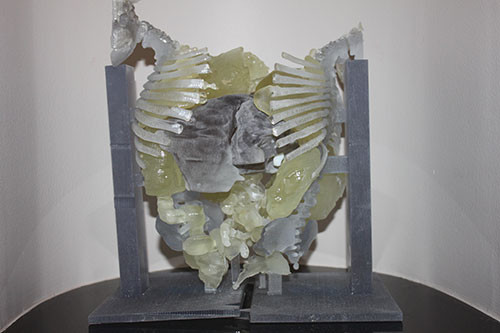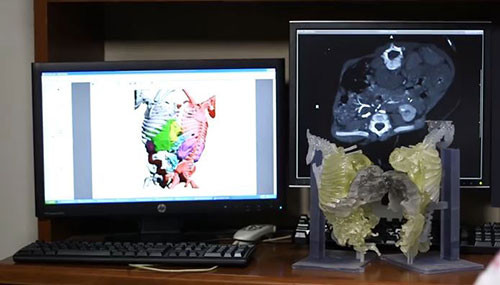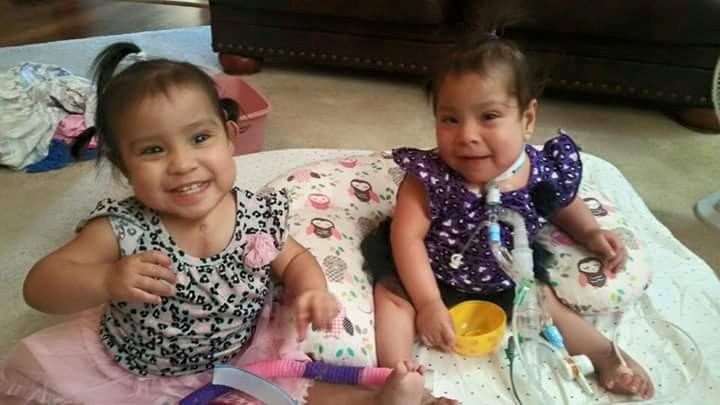Conjoined twin separation breakthrough with CT images and 3D printing

Surgeons in Texas have performed one of the most complicated separations on conjoined twins ever due to CT imaging and 3D printing technology. Knatalye Hope and Adeline Faith Mata were born in April 2014 connected from the chest down to the pelvis.
Separating conjoined twins is extremely complicated and dangerous because they often share organs and blood vessels. Survival rates are low. However, the team from Texas used advanced technologies to plan out how the sisters would be separated, getting vital information about them and how they were connected before the surgery.

Rajesh Krishnamurthy, chief of radiology research and cardiac imaging at Texas Children's Hospital, said: "This case was unique in the extent of fusion. It was one of the most complex separations ever for conjoined twins. The CT scans showed that the babies' hearts were in the same cavity but were not fused. Also, we detected a plane of separation of the liver that the surgeons would be able to use."
To prepare, the team used CT imaging with intravenous contrast to enhance views of the vital structures – helping them work out how to ensure the survival of both children. They also used a technique to get extremely detailed images of the cardiovascular anatomy. After this, they created a 3D model of the sisters with skeletal structures, supports, livers and blood vessels printed separately to work out a surgical plan.

In February, 12 surgeons, 26 clinicians, six anaesthesiologists and eight surgical nurses spent 26 hours separating Hope and Faith. "The surgeons found the landmarks for the liver, hearts and pelvic organs just as we had described," Krishnamurthy said. "The concordance was almost perfect."
He said this technique should become a standard preparation measure when separating conjoined twins. As well as allowing the team to create a robust plan, he said the twins' mother felt more comfortable and able to understand the procedure. "While costs are still high at present, he said they are falling," he added.

Hope was sent home in May and Faith a month later. They are both doing well, the hospital added. The study of the surgery was presented at the annual meeting of the Radiological Society of North America.
© Copyright IBTimes 2025. All rights reserved.




















